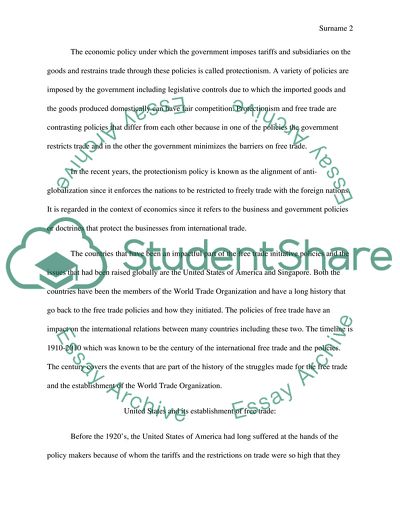Cite this document
(Free Trade vs. Protectionism Term Paper Example | Topics and Well Written Essays - 3000 words, n.d.)
Free Trade vs. Protectionism Term Paper Example | Topics and Well Written Essays - 3000 words. Retrieved from https://studentshare.org/social-science/1787061-free-trade-vs-protectionism
Free Trade vs. Protectionism Term Paper Example | Topics and Well Written Essays - 3000 words. Retrieved from https://studentshare.org/social-science/1787061-free-trade-vs-protectionism
(Free Trade Vs. Protectionism Term Paper Example | Topics and Well Written Essays - 3000 Words)
Free Trade Vs. Protectionism Term Paper Example | Topics and Well Written Essays - 3000 Words. https://studentshare.org/social-science/1787061-free-trade-vs-protectionism.
Free Trade Vs. Protectionism Term Paper Example | Topics and Well Written Essays - 3000 Words. https://studentshare.org/social-science/1787061-free-trade-vs-protectionism.
“Free Trade Vs. Protectionism Term Paper Example | Topics and Well Written Essays - 3000 Words”, n.d. https://studentshare.org/social-science/1787061-free-trade-vs-protectionism.


